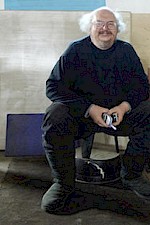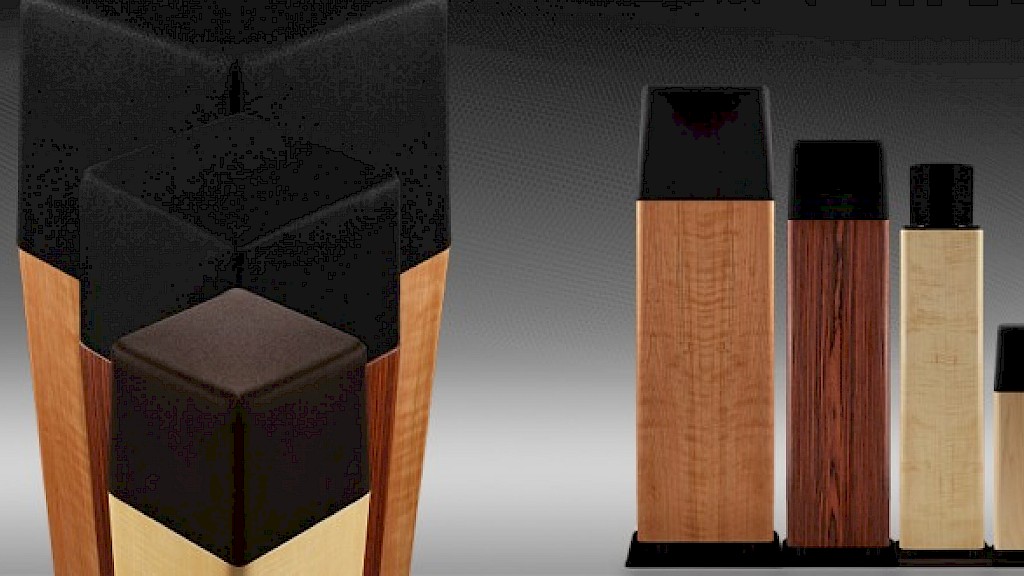How Are Audio Products Designed?
When a manufacturer or inventor sits down to create a new product there are any number of factors that can come into play. Is the new product revolutionary? That is, does it represent a product category that has not existed before? Does it fill a niche not currently served? Does it meet a desirable price point? Is the goal to create the “finest” product of its kind regardless of price?
While I can only speak for audio, and even then, just for Ohm, my suspicion is that the process we go through is repeated in countless companies and in diverse product areas.
Since different music puts different demands on a speaker, when we design and market a new model, we are trying to extend our line of speakers to more market niches. We work from our strengths: accurate and natural sound reproduction. Years ago when we had hundreds of dealers, we considered car stereo and portable audio. After developing some prototypes using tiny Walsh speakers, we presented them at the CES in Las Vegas. This show presentation was extending our market research by getting dealers’ reactions. We determined that our main advantage (better sound) was actually of fairly low priority to the dealers in these fields. Four things were more important than sound: size and breadth of product line for both markets plus ease of installation and concealment in the car stereo field. The little Walsh speakers we had developed were limited in all four of these areas.
We look for niches where our strength in accurate sound reproduction is critical. So, we tried adding subwoofers to these tiny Walshs to provide enough output to fill a home listening room. This was pre-home theater days and our dealers said the new designs implied poor bass from the Walsh drivers. So, the concept was put on the shelf for further work. This experiment was not a total loss: the MicroWalsh eventually came from this effort. Plus, the new F-5015 under development (currently in beta-testing) is an extreme version of the subwoofer/Walsh hybrid.
A totally new niche we are now investigating is pro-sound studio monitoring – especially with HD audio and the increased popularity of Home Studios. MicroWalsh Shorts have been favorite desk-top monitors (DTMs) in both commercial and home studios for several years. We expect our new Walsh DTM to be self-powered; to be able to run directly off a sound card and may be wireless (although they will require a power cord). We have evaluated dozens of power amps (with and without DSP) designed to be used in powered speakers. Even if a Walsh DTM is never produced, we will have learned a great deal (something I always enjoy).
Also, since we are so strongly identified with the Walsh driver, our primary interest is in expanding and advancing that technology so that it can be applied across our whole line as well as into new products we offer. Here, new materials and parts (both custom made and off-the-shelf) are the main area of research. This review process is an ongoing effort.
More to come in part two.
Enjoy and good Listening!
John
Subscribe to Ohm News & Views to get the latest posts in your inbox
John Strohbeen Author
John Strohbeen was the founder and president of Ohm Speaker.


